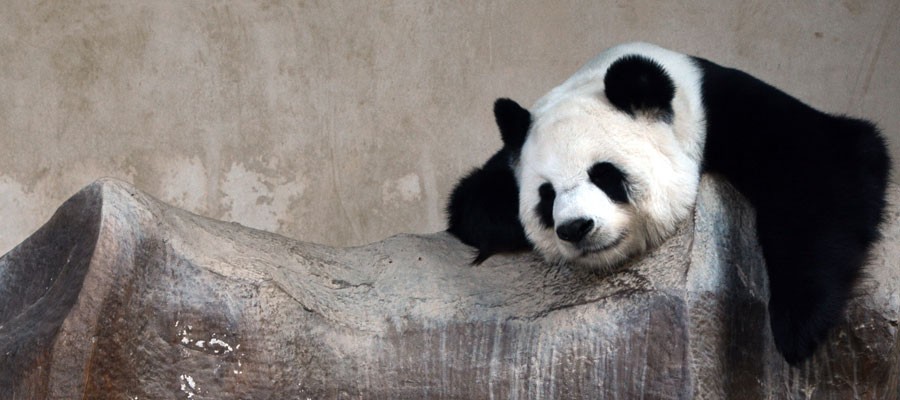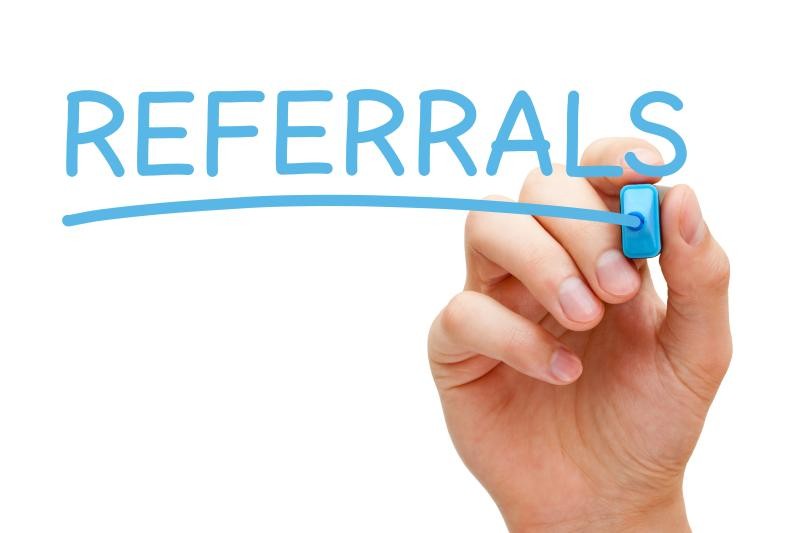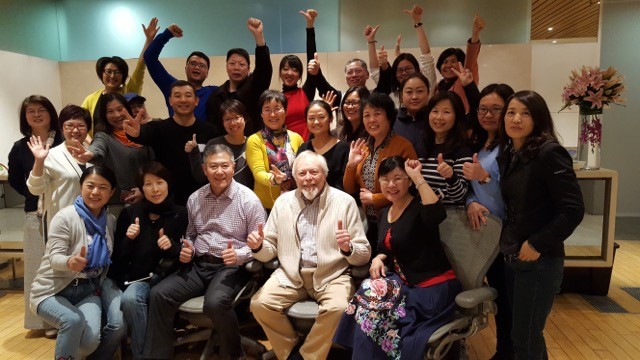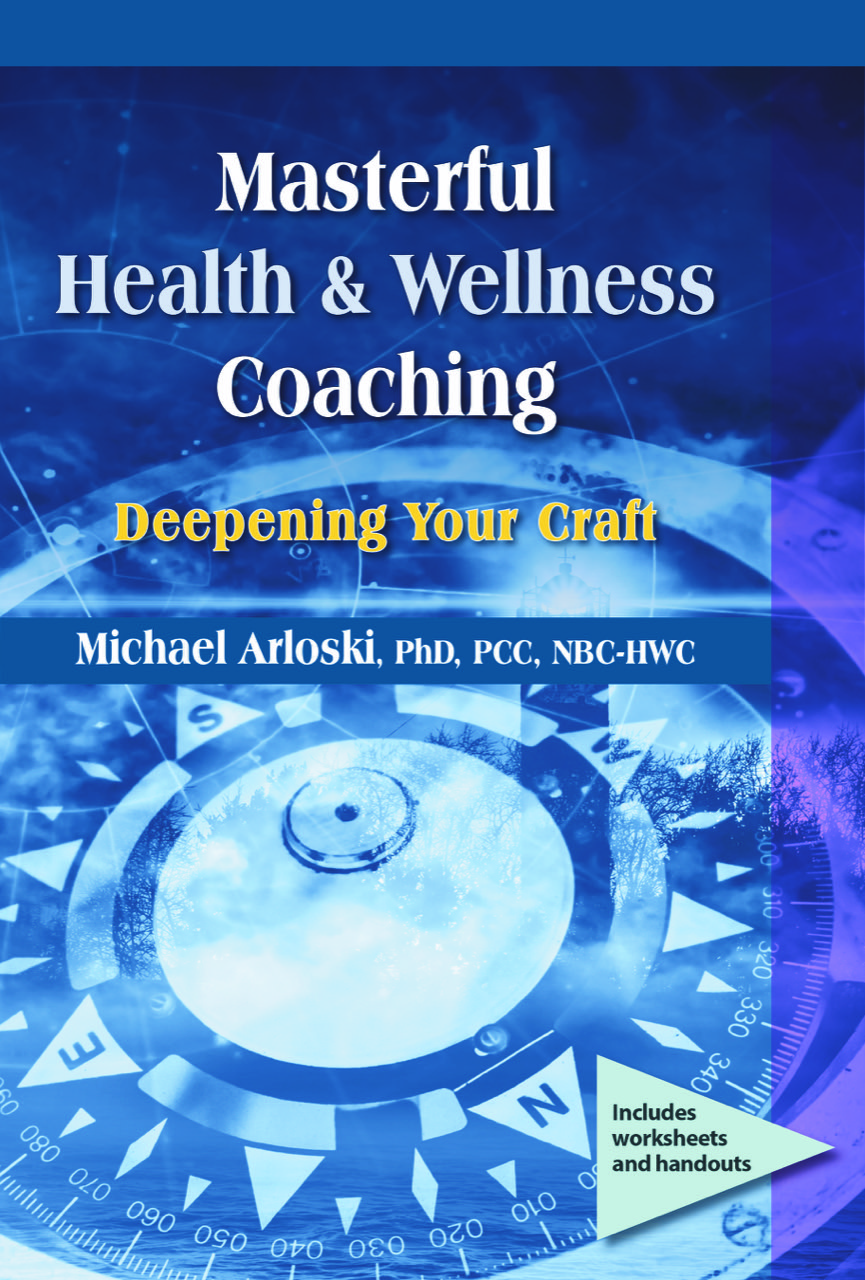Advancing The Craft Of Health & Wellness Coaching
Astonishing Non-compliance – Understanding Grief and Readiness for Change in the Health Challenged Client

Medical noncompliance is a vast and complex issue that results in widespread human suffering and immense healthcare costs. Of the 3.8 billion pharmaceutical prescriptions written each year (USA) it is estimated that more than 50% of them are taken incorrectly or not at all. Medical noncompliance also includes failure to do medical self-care, self-testing and attend follow up appointments with…
Getting Yourself Out Of The Way: The Self-Vigilant Coach – Part Two – Projection In Health & Wellness Coaching

Our previous blog post: Getting Yourself Out Of The Way: The Self-Vigilant Coach – Part One (https://wp.me/pUi2y-mu) explored the many ways in which the coach can interfere in the coaching process and “get in the way” of the client’s own coaching work. Our own agendas, attitudes, beliefs, prejudices, projections and unfinished emotional business can all impede the coaching…
Getting Yourself Out Of The Way: The Self-Vigilant Coach – Part One

“Getting Yourself Out Of The Way.” What’s that really mean? There are many ways in which the coach can interfere in the coaching process and “get in the way” of the client’s own coaching work. Our own agendas, attitudes, beliefs, prejudices, projections and unfinished emotional business can all impede the coaching process. In this two part series we’ll increase our…
Motivation Plus Mobilization: Coaching For Success At Lifestyle Improvement

“I just don’t seem to have the motivation to really make changes.” This is a lament frequent to the ears of health and wellness coaches. Our clients are often puzzled by a lack of success in their efforts to start living a healthy lifestyle, or keep such efforts going. They blame it on either a lack of motivation to get…
Making and Maintaining The Shift To The Coaching Mindset

We meet our coaching client with the very best of intentions. We want to help. And help sometimes means throwing ourselves into doing what the client seems to be unable to do themselves up to this point – figure out solutions. Instead of empowering our clients to come to their own solutions, we seek to fix it for them. We…
The Tao of Wellness Coaching – Part One – What Centers Us?

When I let go of what I am, I become what I might be.
Lao Tzu
History and Context
 It is said that the legendary Chinese sage, Lao Tzu, rode off on the back of an ox when leaving the Middle Kingdom. Before a sentry guard would let him pass out of the city gates, he asked the…
It is said that the legendary Chinese sage, Lao Tzu, rode off on the back of an ox when leaving the Middle Kingdom. Before a sentry guard would let him pass out of the city gates, he asked the…
The Tao of Wellness Coaching: Part Two – Practical Applications

When the best leader's work is done the people say 'We did it ourselves.' Lao Tzu
In Part One - In the previous post "The Tao of Wellness Coaching – Part One - What Centers Us?" http://wp.me/pUi2y-lN we grounded ourselves in the history…
The Great Utility of Coaching In The Emotional Realm

According to Plato: Human behavior flows from three main sources: desire, emotion, and knowledge.
Coaches often cautiously retreat from the affective level with their clients for fear of crossing the line into therapy. Other coaches with a professional mental health background are comfortable going in this direction, but don’t often know how to shift from a therapeutic approach to…
Coaching a Client Through To A Mental Health Referral Using The Stages of Change

Times arise when it becomes apparent to a wellness coach that their client would benefit from working with a mental health professional. The need for referral may be urgent and involve client safety as when there is a threat of harm to self or others. That rare situation is usually more clearly recognized, referral is made and coaching is usually…
China Embraces Real Balance Wellness Coaching

Faced with the same lifestyle-based health crisis many other countries are experiencing, China has been searching for a way to help people truly succeed at lasting lifestyle change. Over half of the men in China smoke. The diabetes rate is now higher than the United States, with heart disease, COPD and other “lifestyle diseases” on the rise. Health information…
Real Balance GLOBAL – Taking Wellness Coaching To China

What The World Health Organization dubbed “Lifestyle Disease” is a global phenomenon. The increase of non-communicable disease is going up the fastest in what is sometimes called the developing countries of the world. “Twenty-five years ago, the number of people with diabetes in China was less than one percent. Today, China has more than 114 million people suffering from the…
Healthy Boundaries For Health & Wellness Coaches: Part Two
In our last post we featured Part One on this topic:
A New Code of Ethics For Health & Wellness Coaches: Healthy Boundaries Part One http://wp.me/pUi2y-kb There we introduced the new NCCHWC Code (National Consortium for Credentialing Health and Wellness Coaches) and began the discussion of boundaries with a look at ethics, appropriate relationships, touch and self-disclosure…
Page 5 of 14







